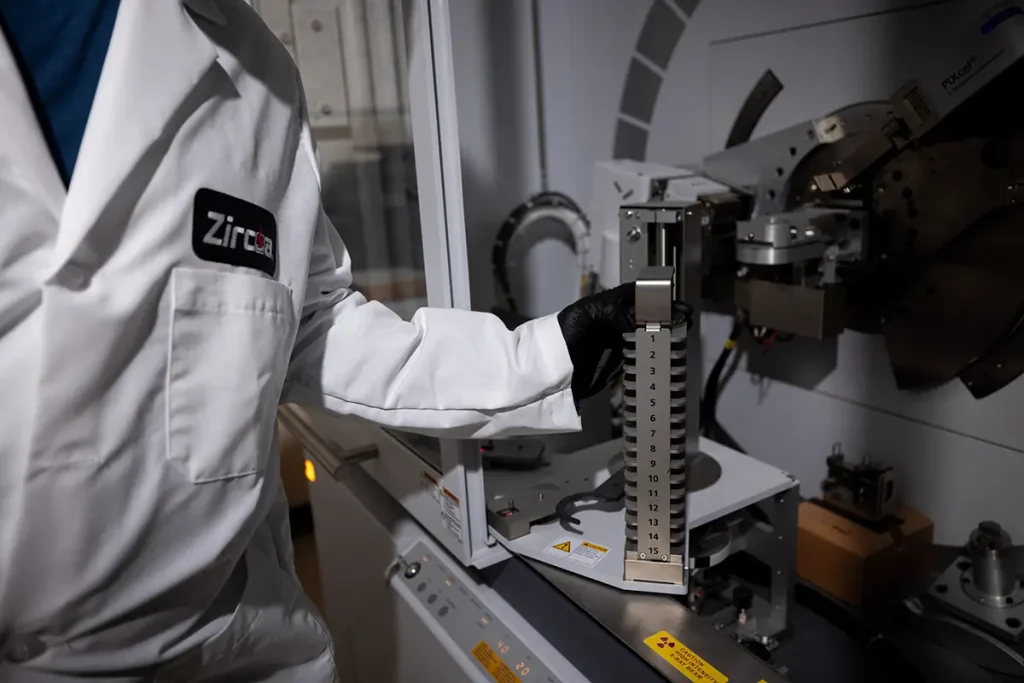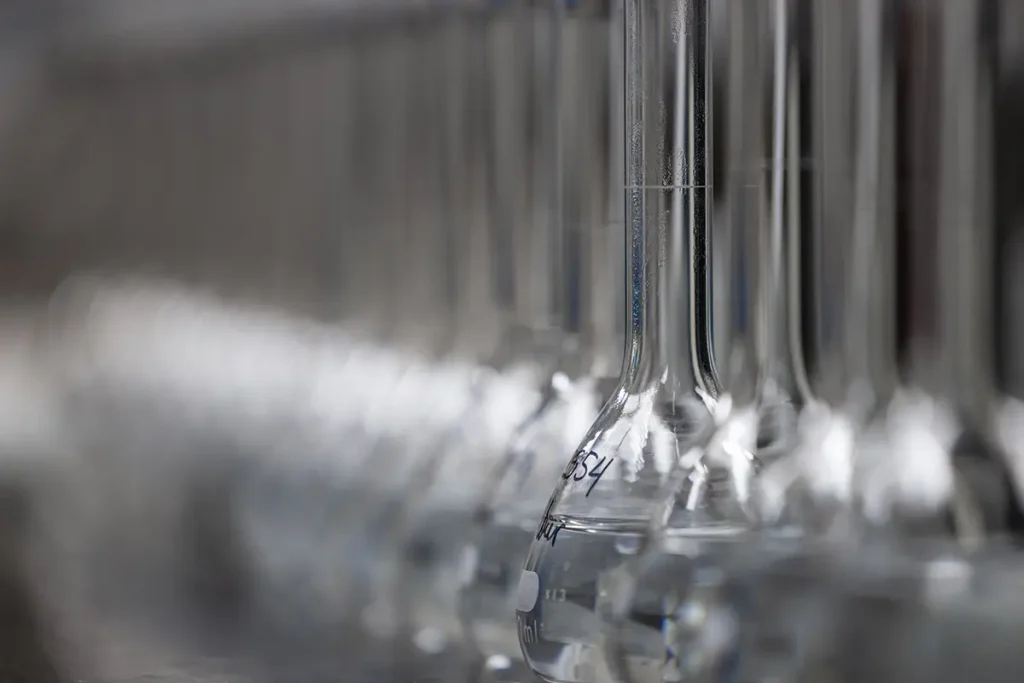Zirconia Materials Science Expertise Meets Application Engineering
Zircoa’s engineered materials represent the foundation of our material science expertise — showcasing our deep understanding of zirconia ceramic properties. Our vertically integrated manufacturing process enables custom formulations and control from powder to a robust selection of formed products.
We’ve developed zirconia materials since 1952, engineering solutions by manipulating crystalline structure, stabilizer systems, grain size, and other properties to optimize specific performance requirements. From ultra-high purity monoclinic zirconia powder to complex stabilized compositions, our material science perspective enables customization that solves challenges conventional materials cannot address.
Read on to explore our engineering capabilities. You can review our range of zirconia oxide products here, or feel free to reach out to our experts for more information about a specific product, project, or application.


